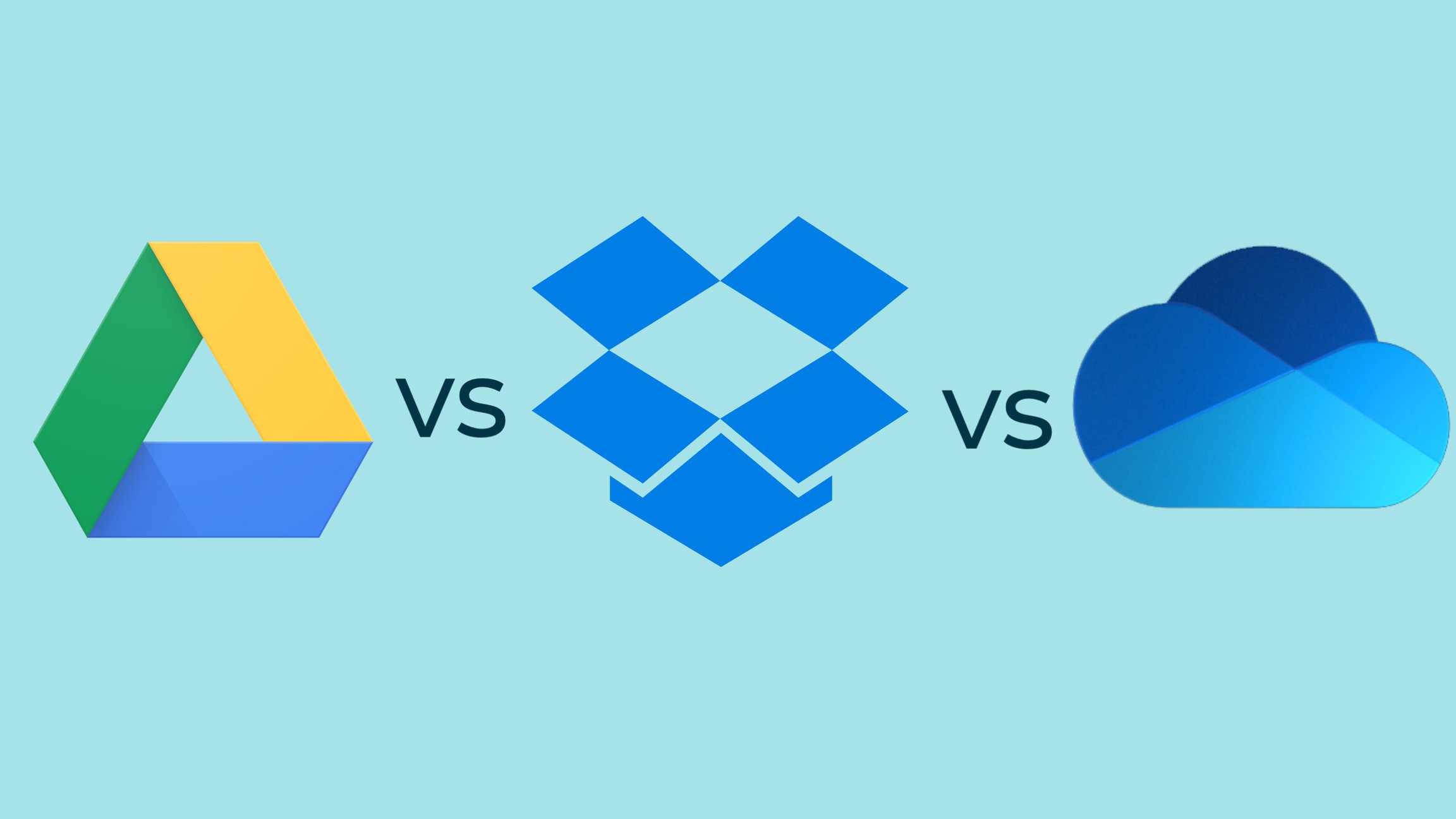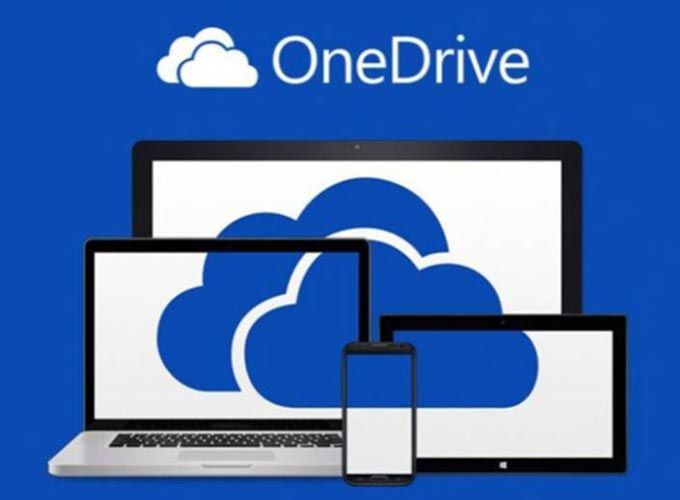

- #MICROSOFT ONEDRIVE VS GOOGLE DRIVE CNET PDF#
- #MICROSOFT ONEDRIVE VS GOOGLE DRIVE CNET UPDATE#
- #MICROSOFT ONEDRIVE VS GOOGLE DRIVE CNET DOWNLOAD#
- #MICROSOFT ONEDRIVE VS GOOGLE DRIVE CNET FREE#
Now, I did not have nearly that much in OneDrive, but to require me to move from 50GB of space to 5GB just left a bad taste in my mouth, especially since Google had just given me 100GB free for two years. There was no grandfathering in, or anything: Microsoft basically decimated the amount of storage available for everyone. Last year, Microsoft announced that for its free accounts, it was reducing the amount of available storage to 5GB.
#MICROSOFT ONEDRIVE VS GOOGLE DRIVE CNET DOWNLOAD#
With Google Docs, students can save a copy of the document to their own Google Drive, or can download a copy in MS Office, Open Office, PDF, RTF, TXT, or EPUB formats.
#MICROSOFT ONEDRIVE VS GOOGLE DRIVE CNET PDF#
With OneDrive, students can only save offline copies in two formats: Microsoft’s or a PDF (though they may have added more, since I last used it).

OneDrive had a real advantage in that it was 100% compatible with Office documents-not surprisingly. In both cases, I was using these before USD had integration with them, so I was using my personal account. Because of this, I used OneDrive for all work-related activities, just so I could keep up on both, in case one solution worked better for instructors than another. I have only ever used Google Docs in my course, simply because it was around before OneDrive/Office 365 (which I will just refer to as OneDrive). So enough background, let me get into why I prefer Google Drive over Microsoft OneDrive.


#MICROSOFT ONEDRIVE VS GOOGLE DRIVE CNET UPDATE#
I can update them and changes are immediately reflected.documents appear directly within my course, so students do not need to open up a different app that takes them out of my course.it is (mostly) device agnostic, in that it will look the same on most devices.it is (mostly) browser agnostic, in that it will look the same in every browser.For that reason–and a couple of others–Google Drive fits the bill: One of my primary instructional-design philosophies is that I like to build content in a fashion that makes it convenient for students to consume in a variety of ways, because not every student is the same. Before I get into that, here’s a bit of background in how I use Google Docs/Drive… Her response to my answer was that it was useful and that I should share it with others to see. I had a conversation with an instructor the other day on the topic of Google Drive vs.


 0 kommentar(er)
0 kommentar(er)
